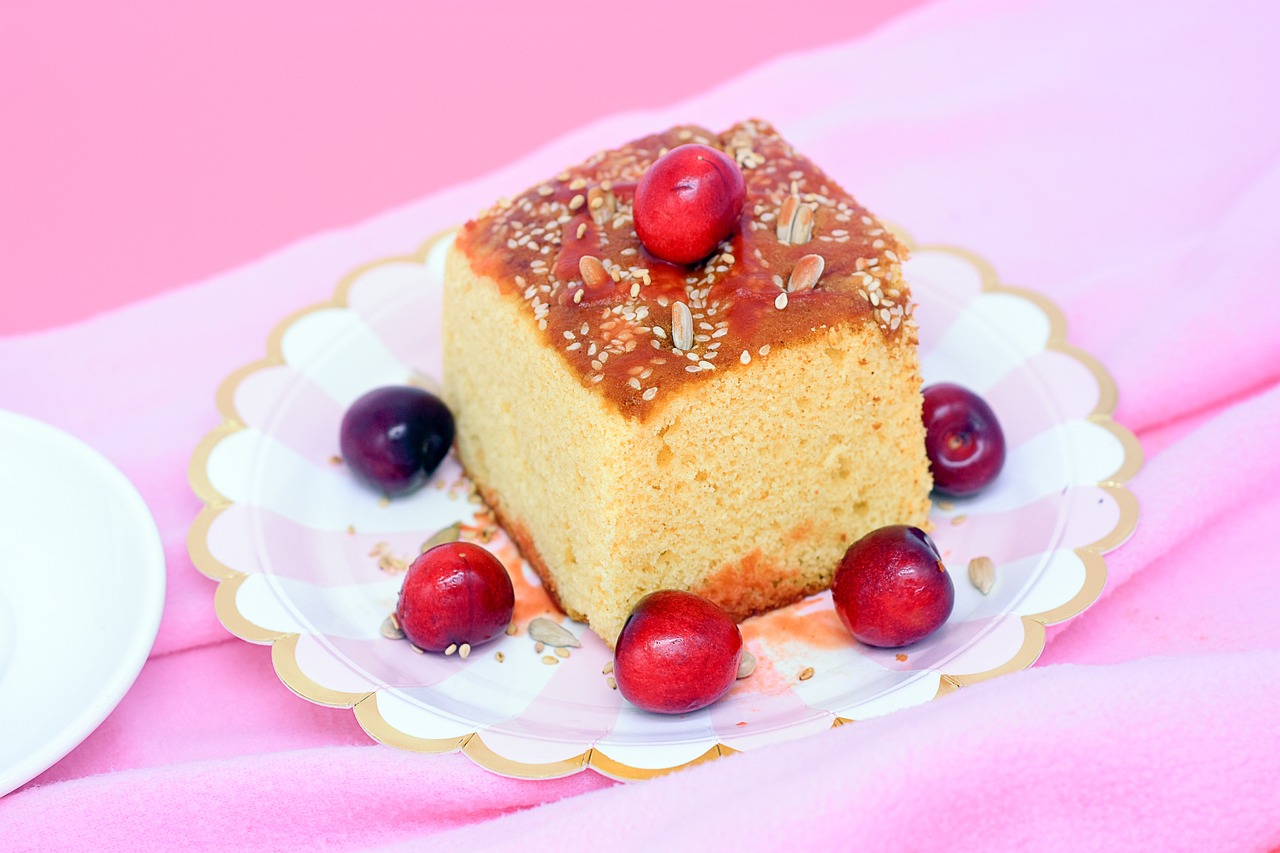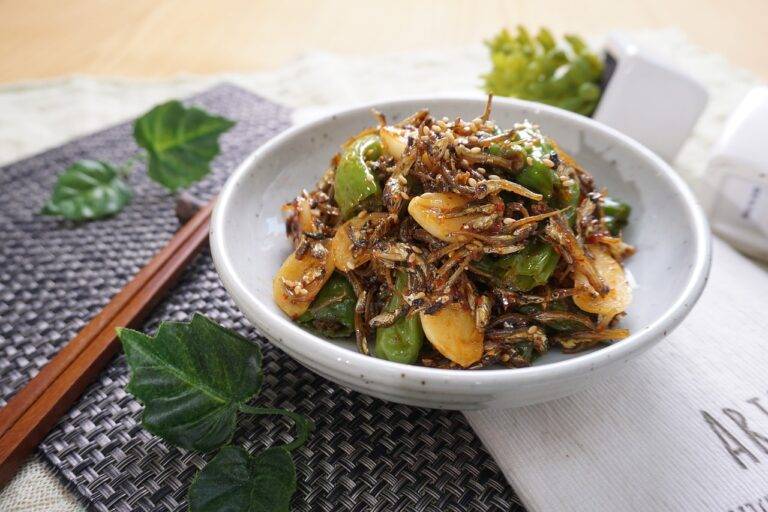The Art of Food Preservation: Techniques for Canning, Pickling, and Drying
Preserving food provides numerous advantages that can enhance both the quality and longevity of different food items. By utilizing preservation methods such as canning, pickling, and dehydrating, individuals can ensure that they have access to fresh and flavorful produce throughout the year. This not only allows for a wider variety of foods to be consumed, but also reduces food waste and saves money in the long run.
In addition to extending the shelf life of various foods, food preservation techniques can help to retain essential nutrients that are often lost during cooking or processing. For instance, pickling vegetables can help to maintain their vitamin and mineral content, while dehydrating fruits preserves their natural sugars and fiber. These benefits make food preservation a valuable practice for individuals looking to maintain a well-rounded and nutritious diet, even outside of the typical growing season.
Different Methods of Canning
Canning is a popular food preservation method that helps extend the shelf life of fruits, vegetables, and even meats. One of the most commonly used methods of canning is water bath canning, which involves submerging sealed jars in boiling water to create a vacuum seal that prevents the growth of bacteria and mold. This method is best suited for high-acid foods such as jams, jellies, and pickles.
Another method of canning is pressure canning, which is ideal for low-acid foods like meats, poultry, and vegetables. This process involves using a pressure canner to heat the contents of the jars at a much higher temperature than water bath canning, effectively killing off any harmful microorganisms. Pressure canning is crucial for ensuring the safety of canned goods that have a higher risk of containing bacteria such as botulism.
Essential Equipment for Pickling
When it comes to pickling, having the right equipment can make the process smoother and more efficient. One essential piece of equipment is glass jars with airtight lids. These jars are perfect for storing pickles as they do not react with the acidic brine and help maintain the freshness of the pickled vegetables.
In addition to jars, it’s crucial to have a large pot for boiling water to sterilize the jars before filling them with the pickles. A canning rack or a heatproof mat is also essential for safely handling hot jars during the canning process. Lastly, a jar lifter or a set of kitchen tongs can help in safely transferring hot jars in and out of the boiling water bath.





